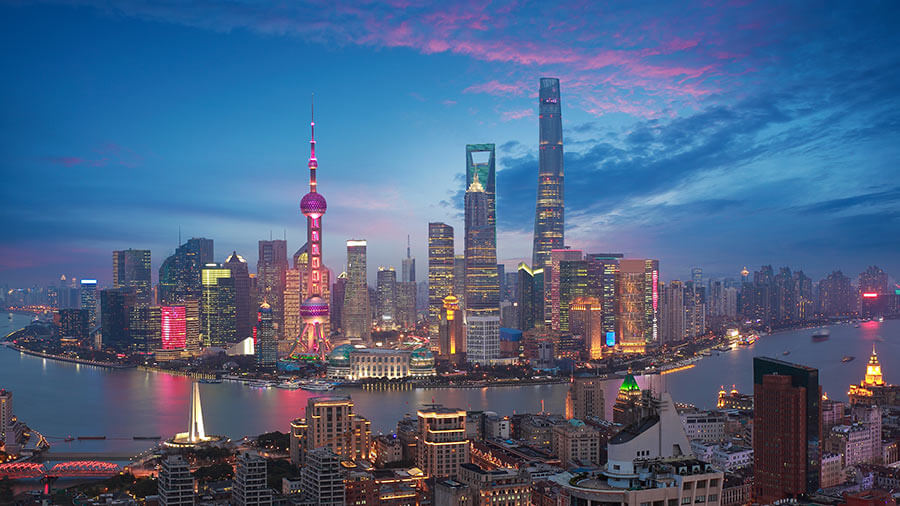Tokyo, Japan – The arduous and expensive process of bringing a new drug to market has long plagued the pharmaceutical industry. With average timelines stretching over 12 years and costs soaring to $2.6 billion per drug, the need for efficiency is paramount. While deep learning has shown promise in molecular generation, a team of researchers at the Institute of Science Tokyo has unveiled a groundbreaking framework called TRACER that addresses a critical gap: the disconnect between molecular design and synthetic feasibility.
Published in Communications Chemistry on February 8, 2025, under the title Molecular optimization using a conditional transformer for reaction-aware compound exploration with reinforcement learning, the study details how TRACER intelligently explores compounds by seamlessly integrating molecular property optimization with synthetic pathway generation. This innovative approach promises to significantly accelerate and streamline the drug discovery process.
The Challenge: Bridging the Design-Synthesis Gap
The core issue plaguing current molecular generation models lies in the separation of what to design from how to synthesize it. While models like MolGAN, VAE, and GAN excel at generating molecules with desired properties, they often overlook the practical challenges of synthesizing these molecules in the lab. This disconnect can lead to the generation of theoretically promising compounds that are, in reality, synthetically inaccessible or require prohibitively complex and expensive synthetic routes.
TRACER directly tackles this problem by incorporating reaction awareness into the molecular design process. By considering the feasibility and efficiency of potential synthetic pathways, TRACER guides the generation of molecules that are not only promising candidates but also realistically synthesizable.
How TRACER Works: A Reaction-Aware Transformer
The TRACER framework leverages a conditional transformer architecture, a powerful type of neural network known for its ability to model complex relationships in sequential data. In this context, the transformer is trained to generate molecules based on desired properties and, crucially, on the constraints imposed by chemical reactions.
The key innovation lies in the integration of reinforcement learning. TRACER is trained to explore the chemical space, learning which molecular modifications are most likely to lead to both improved properties and feasible synthetic routes. This iterative process allows the framework to progressively refine its understanding of the relationship between molecular structure, properties, and synthetic accessibility.
Implications for the Future of Drug Discovery
The development of TRACER represents a significant step forward in the application of artificial intelligence to drug discovery. By addressing the critical issue of synthetic feasibility, TRACER has the potential to:
- Reduce drug development timelines: By focusing on synthesizable molecules, TRACER can minimize the time spent pursuing dead-end compounds.
- Lower drug development costs: Streamlining the synthesis process translates directly into reduced costs for reagents, labor, and equipment.
- Expand the chemical space accessible to drug discovery: TRACER can identify novel compounds that might be overlooked by traditional methods due to their perceived synthetic complexity.
The Institute of Science Tokyo research team envisions TRACER as a valuable tool for medicinal chemists, enabling them to explore the vast chemical space with greater efficiency and confidence. As AI continues to revolutionize various fields, TRACER exemplifies its potential to transform the drug discovery process, bringing new and life-saving therapies to patients faster and more affordably.
References:
- Molecular optimization using a conditional transformer for reaction-aware compound exploration with reinforcement learning. Communications Chemistry, 8 Feb. 2025, https://www.nature.com/articles/s42004-025-01437-x.
Views: 0
